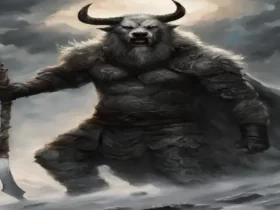Half-bird half-human or winged humanoid creatures have long captured the imagination of people around the world. With the upper body of a human and the lower body of a bird, these mythical beings are often depicted as having wings on their back and the ability to fly. They are associated with the sky and are revered for their grace and beauty. In mythology, half-bird, half-humanoid creatures are often depicted as powerful and benevolent spirits, while in modern fiction they are often used as a symbol of freedom and transcendence. Regardless of how they are depicted, half-bird, half-humanoid creatures remain a popular and enduring theme in literature, art, and popular culture. Here’s the list of 12 legendary half-bird half-humanoid figures of mythology
1Garuda (Hindu Mythology)
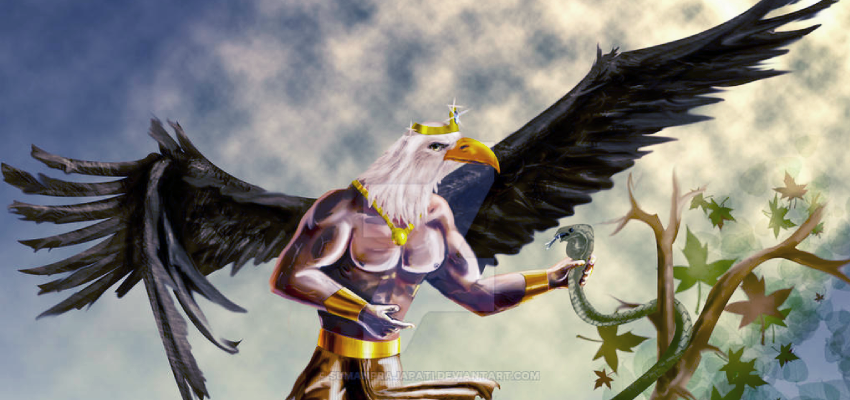
In Hindu mythology, Garuda is a half-man, half-eagle creature who serves as the mount or vehicle for the god Vishnu. Vishnu is a member of the Hindu Holy Trinity, along with Brahma and Shiva, and is known as the protector and sustainer of the universe. The Holy Trinity represents the eternal cycle of beginnings, middles, and endings in life. Vishnu is associated with sustaining life and nourishing the soul through love. Garuda is known for his ability to eat poisonous serpents and transform them into nourishment for himself. The yoga posture named after him involves binding the arms and legs in a compressional position, which is said to provide a fresh perspective and energy exchange when released.
2Wayland The Smith (Norse Mythology)
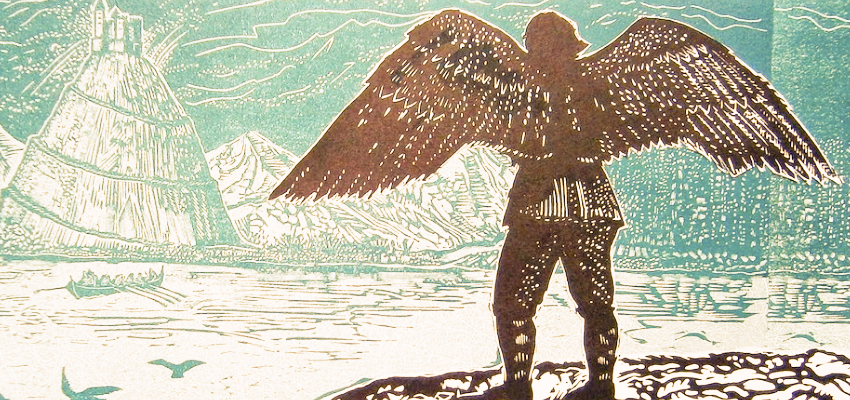
Wayland, also known as Völundr, is a figure from Old English and Norse mythology. The story of Wayland is similar to that of the Greek mythological figure Daedalus and is told in the Old Norse epic poem Völundarkviða. According to the legend, Wayland was a talented blacksmith who was imprisoned by King Nihad and forced to work for him on the island of Svarst, crafting various items. The king had Wayland’s hamstring tendons cut, rendering him unable to walk. In revenge, Wayland fashioned wings for himself and flew away, killing the king’s three sons and using their body parts to create objects such as goblets and jewels. He then seduced the king’s daughter, Böðvild, and impregnated her before revealing everything to the king and flying away beyond the reach of the king’s archers and cavalry. After this instance, Wayland was never seen again.
3Alkonost (Slavic Mythology)

Slavic mythology contains the legend of the Alkonost. The being, who appears as a hybrid of a human and a bird, is said to be breathtakingly beautiful. Its lower half is a graceful eagle-like bird, and its upper half is a seductive woman with long, luscious locks and startlingly piercing eyes. .
The Alkonost’s sounds are arguably its most well-known feature. Numerous Slavic folktales mention the unforgettable, seductive, and powerful music that emanates from it. It’s even claimed that when people hear these sounds, their ability to experience happiness in the same way never fully returns.
4Ekek (Philippine Mythology)

Ekek (or Ek Ek) are human-like bird-like creatures from Philippine mythology. These nighttime victim hunters are winged humans. They have a rabid desire for flesh and blood. They are typically described as flying creatures that resemble Manananggals but lack those creatures’ ability to divide or split their bodies. Due to some similarities, the Ekek and Wak Wak are also related. Ekek and Wak Wak are identical creatures; the only distinction is that Ekek has a bill that resembles a bird while Wak Wak does not. The Ekek can take on the form of a huge bird or bat to prowl around at night. The Ekek searches for pregnant women who are sleeping, much like the Manananggal does. Then, after inserting a very long proboscis into the womb, it kills the fetus by sucking out its blood. According to legend, an “ek-ek-ek” sound is frequently heard while this is happening. The Ekek makes a faint sound when it is near, fooling people into thinking it is far away in the distance.
5Uchek Langmeidong (Manipuri)
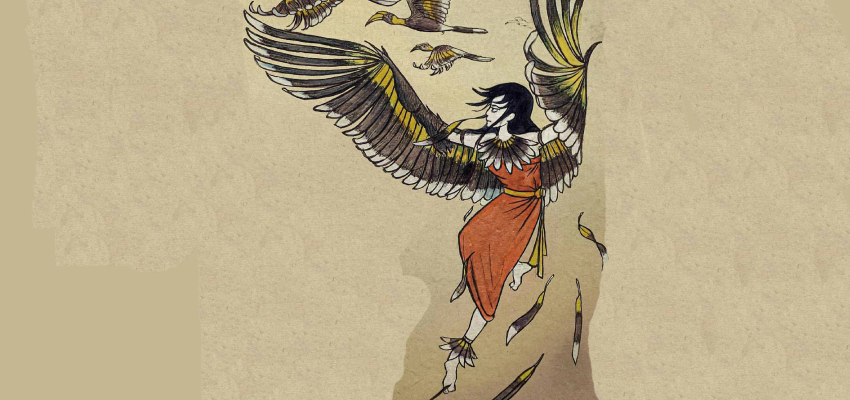
In the Meitei folktale “Uchek Langmeidong” (also known as “Chekla Langmeidong”), there is a story of a girl named Hayainu who is treated cruelly by her stepmother. Hayainu’s father is absent, and she is forced to do all the household work and is beaten by her stepmother. After her stepmother takes all of Hayainu’s luxurious clothes and jewelry and prevents her from attending a festival, Hayainu has a dream in which her real mother tells her to go to the world of the Langmeidongs (hornbills) and ask them for some feathers to stitch onto her body so she can fly away. Hayainu does as her mother says and flies away with the hornbills. When her father returns home, he is worried about Hayainu and goes out into the fields to call for her. She eventually returns with the hornbills and tells her father that she is now a Langmeidong and cannot eat human food anymore. The story ends with Hayainu visiting her father every day and bringing him fish to eat.
6Harpies (Greek Mythology)

The Harpies were legendary creatures from Greek mythology that took the shape of a bird with a human female face. They were frequently used as tools of punishment because they kidnapped and tormented victims as they traveled to Hades’ domain, where they were used by the Gods to exact revenge on the guilty. They would take evildoers to the female goddesses of vengeance and retribution, the Furies, and steal food from their victims in the process. Their name, which means “snatchers,” is perfectly fitting for the crimes they committed. They were referred to as the hounds of Zeus and were sent out by God to steal things and people from the planet; they were frequently blamed for sudden and enigmatic disappearances.
7Ba – Part Of The Soul (Egyptian Mythology)

A happy life on earth and being able to enter the afterlife after death were the two main concerns of the ancient Egyptians. They devoted a lot of time to worshiping and pleading with their gods and goddesses for assistance in their daily lives. They thought that even though a person might pass away, their soul would live on. Two names—the Ka and the Ba—were given to the soul.
More freedom and the ability to travel to follow their gods were granted to the Ba portion of the soul. The Ba was the primary means by which the deceased could be joined with the living after passing away in order to prevent them from remaining imprisoned in the tomb. Once they were one, they were able to fly to the underworld to take the test before ascending to heaven. A bird with a human head and wings is frequently depicted as the symbol of the Ba.
8Arke (Greek Mythology)

According to the myth, Arke was a female messenger of Mount Olympus, just like her twin sister Iris. Both sisters were originally given wings by Zeus as a reward, but Arke misused her privilege by delivering secret information to the Titans. Zeus was so angry that he either ripped off or burned off Arke’s wings, depending on the version of the myth. After losing her wings, Arke joined the Titans and was given new wings by Cronus. In some versions of the myth, Arke is described as being “evil,” and she is often depicted with dark wings and wearing dark attire. Before losing her wings, Arke was said to have lived in the shadow of her sister Iris, whose wings were never outshone.
9Calais and Zetes (Wind Brothers)

Zetes and Calais were two brothers who were said to be the sons of Boreas, the North Wind. As a result, they were sometimes referred to as the Boreads. The myth states that these heroes had the ability to fly, either through the use of wings or by being carried by the wind itself. They used their flying skills to help the Argonauts free King Phineus from a group of Harpies. However, in some versions of the story, Zetes and Calais do not survive the encounter with the Harpies, as they become exhausted and fall into the sea while chasing the winged monsters. In other versions, though, they successfully defeat the Harpies and return to the Argo ready for more adventure.
10Iris Goddess (Greek Mythology)

Iris was a Greek goddess who was known for being the messenger of the gods. She was also the goddess of the rainbow. Despite not being as well known as some of the other members of the pantheon, Iris played a significant role in many ancient myths and has even been featured as a character in modern works such as the “Lightning Thief” book series by Rick Riordan. Iris was the daughter of Thaumas, a sea god associated with wonders and miracles, and Elektra, a sea-nymph.
11Morpheus Dream God (Greek Mythology)
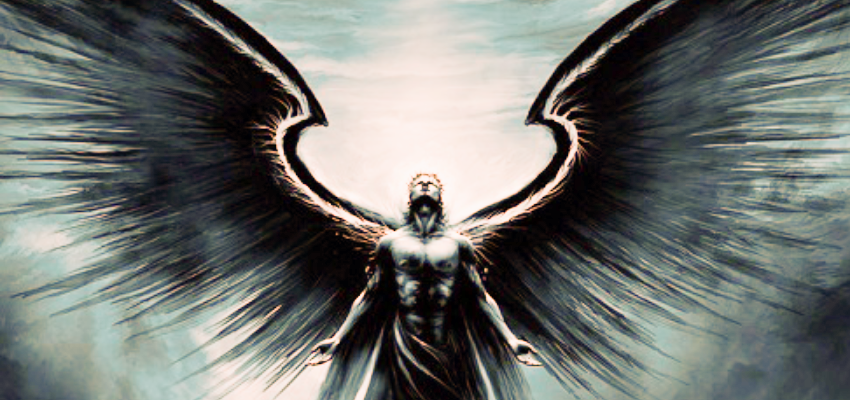
Morpheus is an important figure in Greek mythology, associated with dreams and sleep. He is often depicted as a messenger, appearing to mortals in their dreams and shaping them in various ways. In some accounts, he is described as having wings, which he uses to travel to the dream world and carry his father, Hypnos, the god of sleep, to safety when needed. Morpheus is also known for his ability to transform into a variety of life-like forms, which allowed him to deceive even the most discerning individuals. Dreams were seen as a way for people to connect with the divine or the spirit world, and were often interpreted as prophecies or messages from loved ones. They were also seen as a way for people to explore and express their deepest desires, hopes, and imaginations.
He was believed to have wings on his back. Some myths state that these wings were given to him and his brothers by their uncle Thanatos, the god of death, while others suggest that they were born with them. Morpheus is said to have used his wings to visit people in their dreams and offer assistance, as well as to transport his father Hypnos, the god of sleep who did not have wings, to the dream world located in caves to escape danger from Zeus.
12Pamola Bird

Pamola is a bird spirit that appears in the mythology of the Abenaki people, a Native American tribe native to the northeastern United States. According to the Penobscot tribal nation, Pamola was the spirit that inhabited Katahdin, the tallest mountain in Maine, and was the thunder god and protector of the mountain. He was described as having the head of a moose, the body of a man, and the wings and feet of an eagle. Pamola was both feared and respected by the Penobscot people and was seen as resenting mortals who intruded on the mountain. Because of this, climbing the mountain was considered taboo, and it was closed off limits to all who tried. Henry David Thoreau, in his writings about exploring the Penobscot River and Katahdin, noted that Pamola was always angry with those who tried to climb to the summit of the mountain.




